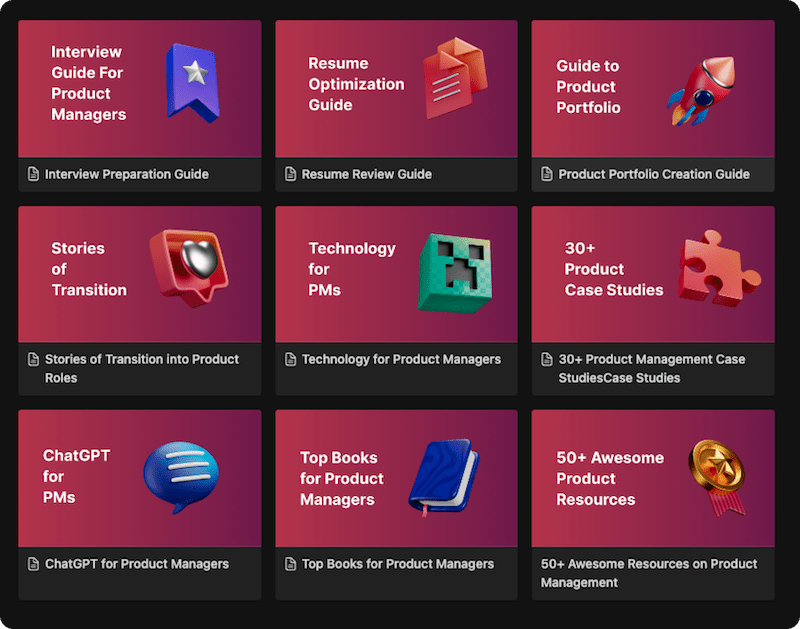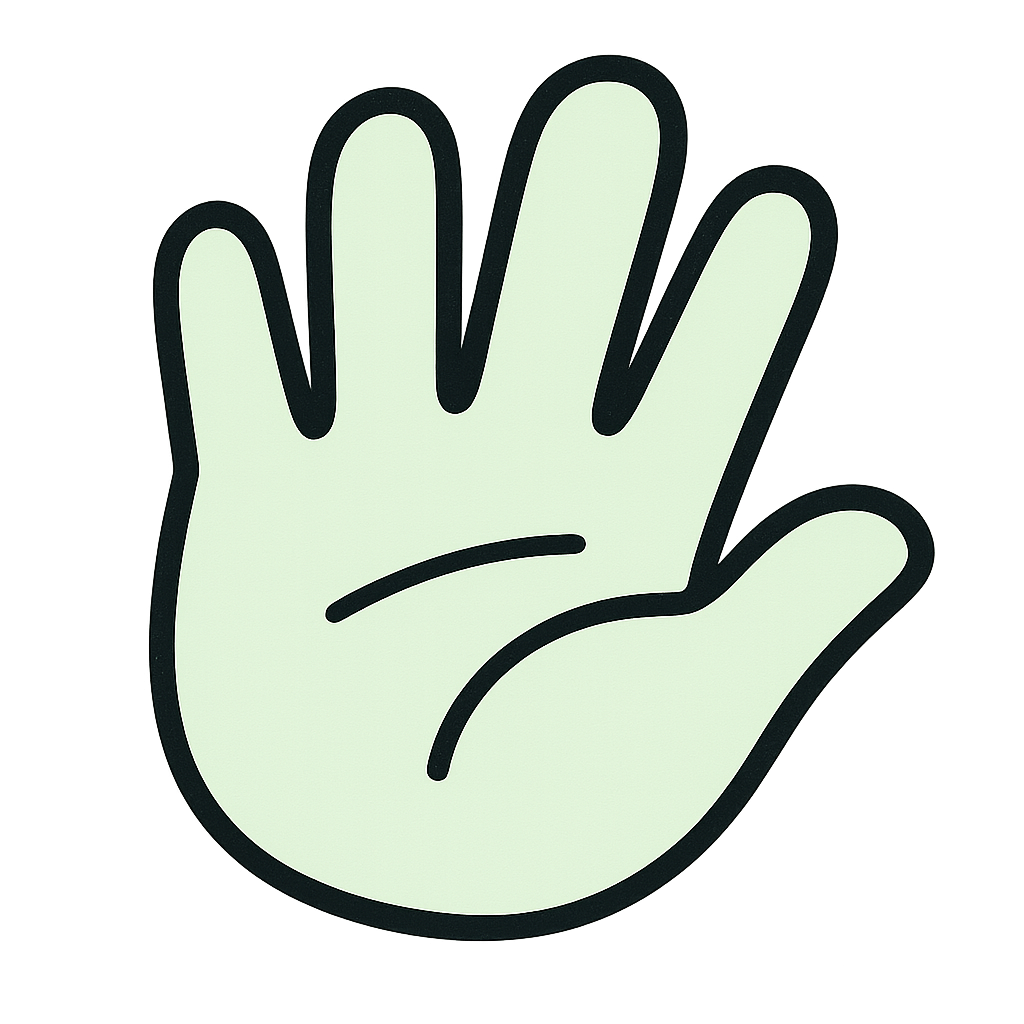As a product manager, you have a clear vision for your product. You understand the market, you’ve defined the business goals, and you know what problems you need to solve for your users. But how do you translate that strategic vision into something people can actually see, touch, and fall in love with? Who is your essential partner in transforming a complex user problem into an elegant, intuitive solution? Meet the Product Designer, the architect of your product’s entire experience.
A great product designer does more than just make things look pretty; they are strategic problem-solvers who represent the voice of the user at every stage of development. Understanding their role, process, and mindset is crucial not just for aspiring designers, but for any product manager who wants to build a successful product and a high-functioning team. This guide will demystify the world of product design, taking you from a beginner’s curiosity to a pro-level understanding of this critical, in-demand role.
The Evolution of the Modern Product Designer
The “Product Designer” title as we know it today is a relatively modern invention, born from the increasing complexity of digital products. In the early days of the web, design roles were often highly specialized:
- Graphic Designers created the visuals.
- UX Designers or Information Architects created the wireframes and user flows.
- UI Designers designed the buttons, menus, and interactive elements.
As products like Facebook, Airbnb, and Spotify grew, companies realized they needed a single design owner who could think holistically about the entire end-to-end user journey. They needed someone who could conduct the initial research, map out the user flow, design the interface, and test the final product. This need for a “generalist specialist”—someone with a broad understanding of the full design process—gave rise to the modern Product Designer role. The principles of user-centered design became the core philosophy, and designers were elevated from pixel-pushers to strategic partners.
Core Responsibilities: What Does a Product Designer Actually Do?
A Product Designer’s work spans the entire product development lifecycle. While their day-to-day tasks vary, their responsibilities can be broken down into a four-stage process.
### 1. Understand (The Research & Discovery Phase)
Before designing anything, a product designer must deeply understand the user and the problem space.
- Conducting User Research: Running user interviews, surveys, and focus groups.
- Competitive Analysis: Analyzing competitor products to identify strengths, weaknesses, and opportunities.
- Creating Personas & JTBD: Defining user personas and identifying the core “Jobs To Be Done” to build empathy and focus.
### 2. Define (The Ideation & Synthesis Phase)
With a deep understanding of the problem, the designer begins to structure a solution.
- User Journey Mapping: Visualizing the entire path a user takes to accomplish a goal.
- Information Architecture (IA): Organizing and structuring the content and navigation in a logical way.
- Wireframing & Low-Fidelity Design: Creating basic, black-and-white layouts (wireframes) to map out the structure and flow without getting bogged down in visual details.
### 3. Design (The UI & Prototyping Phase)
This is where the product begins to take visual form.
- High-Fidelity Mockups: Creating detailed, pixel-perfect visual designs of the user interface, incorporating branding, color, typography, and iconography.
- Building Interactive Prototypes: Using tools like Figma or Adobe XD to link mockups together into a clickable prototype that simulates the final product experience.
- Developing Design Systems: Creating and maintaining a library of reusable UI components to ensure consistency and speed up development.
### 4. Validate (The Testing & Iteration Phase)
A design is just a hypothesis until it’s tested with real users.
- Conducting Usability Testing: Observing users as they interact with the prototype to identify points of confusion or friction.
- Gathering Feedback: Collecting and synthesizing feedback from users, stakeholders, and the development team.
- Iterating on Designs: Using the feedback to refine and improve the designs before handing them off to engineering.
Product Designer vs. UX Designer vs. UI Designer: Clearing the Confusion
This is one of the most common points of confusion in the tech industry. While the roles overlap, there are key differences in focus and scope.
| Aspect | Product Designer (Generalist) | UX Designer (The Architect) | UI Designer (The Interior Designer) |
| Primary Focus | The overall strategy and end-to-end experience; the “Why,” “What,” and “How.” | The usability, feel, and logic of the user journey; the “How it works.” | The look, interactivity, and visual presentation; the “How it looks.” |
| Core Questions | “What problem are we solving? Is this solution viable for the business and valuable for the user?” | “Is the user flow logical? Can users easily accomplish their goals?” | “Is the interface visually appealing? Are the buttons and icons clear and easy to interact with?” |
| Key Deliverables | Wireframes, mockups, prototypes, user research findings, design systems. | User flows, wireframes, site maps, research findings, usability reports. | High-fidelity mockups, style guides, icon libraries, animation specs. |
| The Analogy | The Master Architect who oversees the entire building project from foundation to interior design. | The Structural Architect who designs the floor plan, layout, and flow of the building. | The Interior Designer who chooses the paint colors, furniture, and lighting fixtures. |
In short: A Product Designer often does both UX and UI design, but with an added layer of strategic thinking about the business and product goals. Many startups hire a “Product Designer” as their first design hire because they need a versatile generalist.
The Product Designer’s Toolkit & Essential Skills
To succeed, a Product Designer needs a blend of hard and soft skills.
- Hard Skills:
- Design & Prototyping Tools: Mastery of tools like Figma, Sketch, and Adobe XD is essential.
- User Research Methods: Knowing how to conduct interviews, surveys, and usability tests.
- Wireframing & Visual Design: Strong skills in layout, typography, color theory, and interaction design.
- Soft Skills:
- Empathy: The ability to deeply understand and advocate for the user.
- Communication: Clearly articulating design decisions to PMs, engineers, and stakeholders.
- Collaboration: Working seamlessly within the “product trio” (PM, Designer, Eng Lead).
- Problem-Solving: A love for tackling complex, ambiguous problems.
- Business Acumen: Understanding how design decisions impact business goals.
Common Mistakes to Avoid on the Career Path
- Focusing Only on Visuals: Creating beautiful but unusable designs is a common beginner mistake. Function and usability must come first.
- Designing in a Silo: The best designs come from collaboration. Don’t be a “lone genius”; involve your PM and engineers early and often.
- Being a “Pixel Pusher”: Don’t just execute instructions. A great product designer pushes back, asks “why,” and advocates for the user, even when it’s difficult.
- Getting Too Attached to Your Designs: Be prepared to “kill your darlings.” Design is an iterative process, and the first idea is rarely the best one. Embrace feedback and be willing to throw work away.
Conclusion
In the digital age, customers have endless choices. The products that win are not just the ones that are functional, but the ones that are intuitive, effective, and even joyful to use. The Product Designer is the guardian of this experience. They are the strategic partner who ensures that the voice of the customer is not just heard, but is woven into the very fabric of the product itself. They are translators, turning human needs into tangible solutions.
For product managers, understanding the role of a product designer is the key to unlocking a truly collaborative and effective partnership. For those aspiring to enter the field, it is a career path that offers a unique blend of creativity, analytical thinking, and human-centered problem-solving. By championing the user, a great Product Designer does more than create beautiful interfaces; they build bridges between people and technology, ultimately creating products that don’t just work, but feel essential.
FAQ’s
A Product Designer is a versatile professional who oversees the entire design of a product, from initial user research and wireframing (UX) to the final visual look and feel (UI). They blend user needs with business goals to create experiences that are useful, usable, and enjoyable.
While not strictly required for most roles, a basic understanding of HTML, CSS, and JavaScript is a huge advantage. It allows a designer to communicate more effectively with engineers, understand technical constraints, and design more feasible solutions.
While technical design skills are crucial, many experts would argue that empathy is the most important skill. The ability to step into the user’s shoes and deeply understand their needs, motivations, and frustrations is what separates a good designer from a great one.
A common path is: Junior Product Designer → Product Designer → Senior Product Designer → Lead/Principal Product Designer or Design Manager. Senior designers often mentor others and tackle more complex, strategic problems, while managers focus on leading and growing the design team.
They are strategic partners and the core of the “product trio” (along with an engineering lead). The PM is typically responsible for the “why” (the business case, the problem to solve) and the “what” (the requirements), while the Product Designer is responsible for the “how” (how the solution should look, feel, and function to best meet the user’s needs). It’s a deeply collaborative relationship.
Learn better with active recall quiz
How well do you know What Is a Product Designer? Let’s find out with this quick quiz! (just 10 questions)


